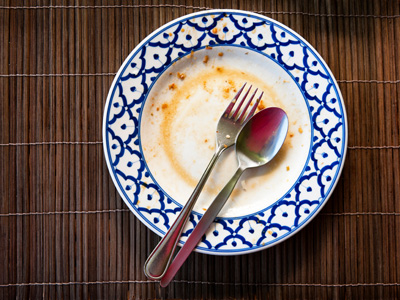
Insulin and Blood Glucose Control
This Biology quiz is called 'Insulin and Blood Glucose Control' and it has been written by teachers to help you if you are studying the subject at middle school. Playing educational quizzes is a fabulous way to learn if you are in the 6th, 7th or 8th grade - aged 11 to 14.
It costs only $12.50 per month to play this quiz and over 3,500 others that help you with your school work. You can subscribe on the page at Join Us
The amount of glucose, or sugar, in the blood must be kept within certain levels. This middle school Biology quiz looks at how the body controls blood sugar levels with hormones, and it concentrates on how insulin is used to lower the amount of glucose in the blood.
Ready for more?
not all...
quizzers. Try to win a coveted spot on our Hall of Fame Page.







